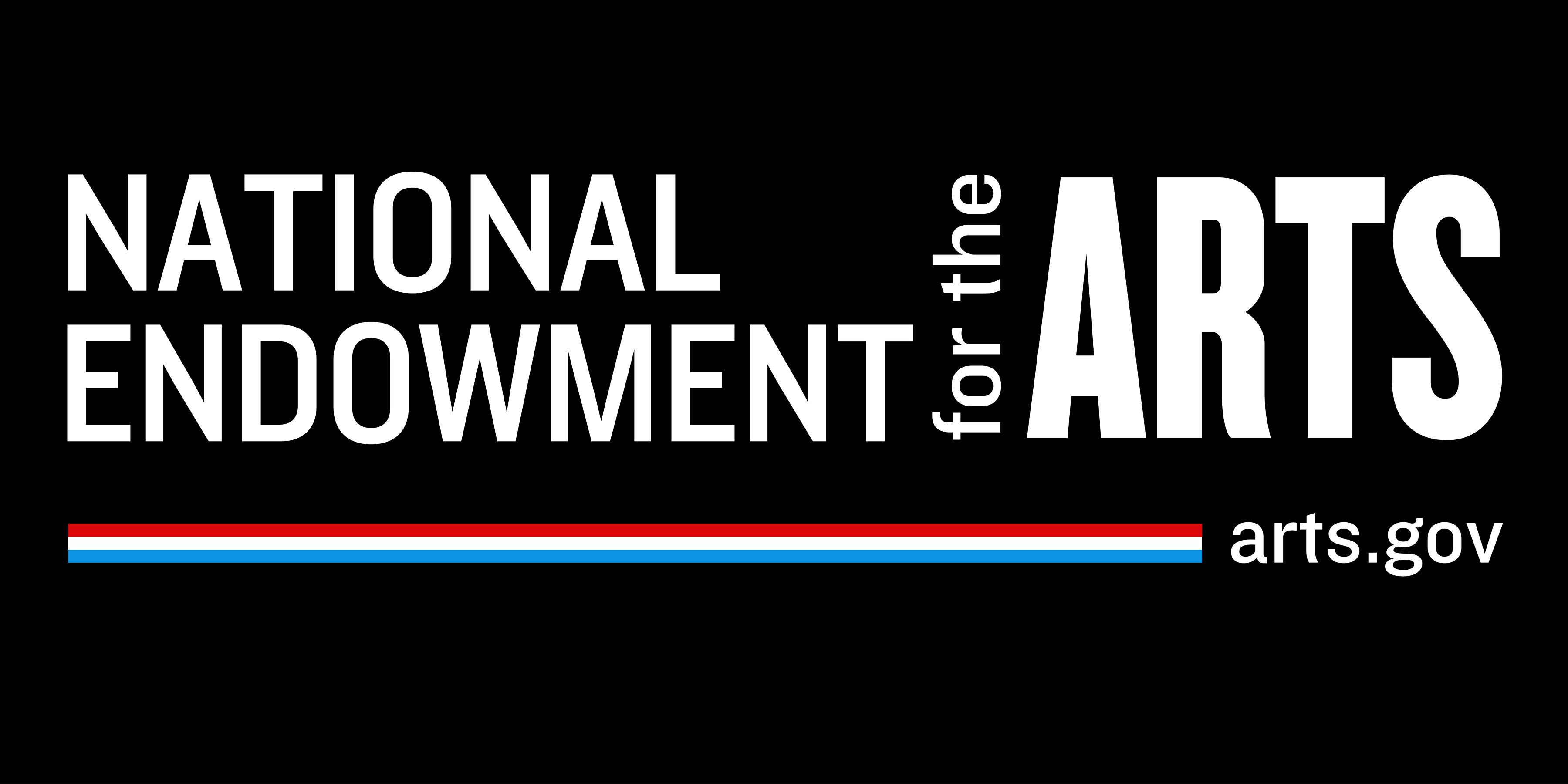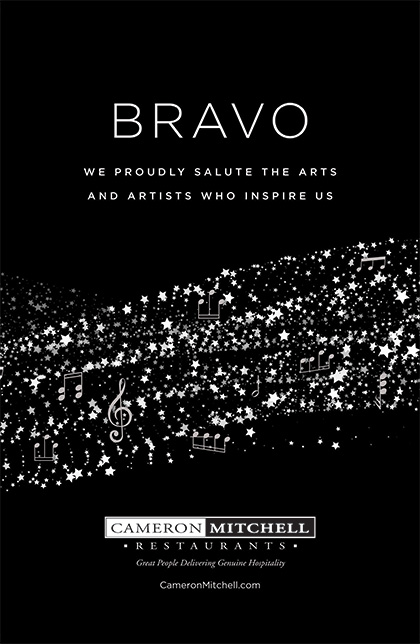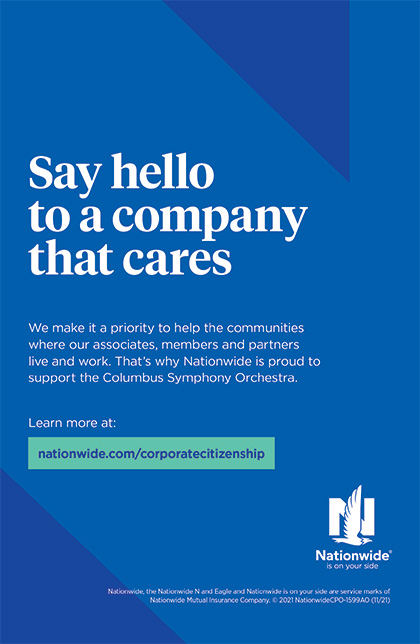
 Dear Columbus Symphony Supporter,
Dear Columbus Symphony Supporter,
Welcome to the 2024-25 Masterworks season! This season is particularly meaningful to me, as it is my 10th anniversary season in Columbus. We have accomplished so much together in the last decade, and I look forward to celebrating with you throughout this year.
We open the season with A John Williams Celebration on September 20 and 22, featuring some of the most popular, recognizable, and critically-acclaimed film scores in modern history.
On October 5, Wagner’s Ring will entrance you with the legendary music of Richard Wagner’s immense operatic Ring cycle, with all four operas re-imagined into one continuous 75-minute performance. Journey through epic tales of mythical gods and heroes in this incredible arrangement, performed without singers.
Next (November 1 and 2), we will perform Modest Mussorgsky’s magnificent Pictures at an Exhibition in two forms: in its original version for solo piano, and in a rarely-heard orchestration by Sergei Gorkachov. Rising star pianist Maxim Lando will perform both the solo Mussorgsky and Tchaikovsky’s beloved Piano Concerto No. 2 in his Columbus Symphony debut.
We will close the 2024 portion of the season on November 15, 16, and 17 with Handel’s Messiah. I hope you will join us to experience the grandeur and tradition of Handel’s exultant masterpiece, featuring the Columbus Symphony Chorus.
On behalf of the entire Columbus Symphony family, thank you for your exceptional support of our orchestra, and for joining us for this very special season.
Please enjoy tonight’s performance!

Rossen Milanov,
Columbus Symphony Music Director
VIOLIN I VIOLA | FLUTE HORN |
Piano Concerto No. 2 in G major, Op. 44 (1879-80)
by Piotr Tchaikovsky (Kamsko-Votkinsk, Russia, 1840 - St. Petersburg, 1893)
The universal popularity of Tchaikovsky’s First Piano Concerto has almost totally eclipsed his Second, which was always something of a problem child among the composer’s works. Some of the composer’s best friends found fault with it, such as Sergei Taneyev, Tchaikovsky’s favorite student, who wrote to the composer a month after playing the first Russian performance:
Opinions about it are pretty varied, but they all agree on this–that the first and second movements are too long….Few people approve the violin and cello solos in the second movement; they say the piano has nothing to do in it, with which I think one has to agree: there’s an excessive preponderance of the other two instruments.
Another former student and friend, Alexander Ziloti, later wanted to revise the work radically, drawing desperate protests from the composer who wrote that his “hair stood on end” at some of Ziloti’s suggestions. (After Tchaikovsky’s death, Ziloti published his version anyway, cutting or simplifying many of the work’s formidable bravura passages, and drastically abridging the violin and cello solos in the second movement.)
The work did not have much better luck with its 20th-century critics either. David Brown, author of a multi-volume biographical and critical study on Tchaikovsky, clearly disliked the work, calling “nearly all of it….second-rate,” though he conceded that “it remains a piece of considerable significance, and of not negligible virtues.” Brown then went on to discuss some of those virtues, such as the first movement’s “very original structural features.”
The problem with most of these unfavorable reviews is that the reviewers had their minds all made up about what kind of concerto they expected Tchaikovsky to write. Needless to say, their expectations were largely based on the First Piano Concerto and, to some extent, the Violin Concerto. In both of those earlier works, Tchaikovsky had, by and large, remained faithful to the classical concerto form, filling it with melodies of extraordinary dramatic power and expressivity.
The Second Piano Concerto sets out on a different path. It is, in many ways, an experimental piece, much freer and more fantasy-like than its predecessors. It is also less romantic and more vigorous than the First Concerto. Whereas in the earlier work, the piano and the orchestra were more integrated, here we find long passages where the piano is entirely silent, alternating with even longer sections for piano alone. Those sections include not one but two fiendishly difficult cadenzas, neither of which is at the end of the movement where traditionally they should be, but in the middle.
The first movement starts with an energetic, march-like and somewhat Schumannesque first theme that soon melts away in some brilliant passagework for the piano. After a moment of general rest, the orchestra enters in an entirely new key. The piano shares the two lyrical secondary themes with the clarinet and the horn; in one particularly effective–and rather extended–passage, it is left alone with a single flute. A gradual crescendo, masterfully spread out over several minutes, ends in another general rest, after which the orchestra launches into the development section, starting with a tutti restatement of a melody we heard on a solo clarinet not long ago. The two piano cadenzas, separated by an orchestral interlude, present the themes in many new guises and variations, before the concise recapitulation restores their original shapes. A third general rest is followed by a brief coda in a faster tempo.
The second movement gives the impression of a triple concerto rather than one for piano: as mentioned before, the solo violin and the solo cello share the spotlight with the official soloist, occasionally even overshadowing the latter with their long cantabile (singing) melodies. The similarity of this melody to Gounod’s popular “Ave Maria” [1853], which used the first prelude of Bach’s Well-Tempered Clavier as its accompaniment, has been noted by several commentators. At the end of the movement, a brief piano cadenza leads into a remarkable coda, with mysterious string tremolos, a characteristic rhythmic figure in the bass countered by the trumpet, and accompanied by soft arpeggios in the piano.
The Finale (Allegro con fuoco) is spirited and straightforward, with a dancelike melody “spiced” with a few notes outside the main key of G major. The second theme, an attractive tune played by the piano over a rhythmic accompaniment in the strings, is set in E minor. A third theme combines elements from the first two. As in the first movement, the vivacious Coda is set off by a general rest. The concerto ends on the same high level of virtuosity that has characterized it from the start.
Pictures at an Exhibition (1874)
by Modest Mussorgsky (Karevo, Russia, 1839 - St. Petersburg, 1881)
orchestrated in 1954 by Sergei Gorchakov (Moscow, 1905 - Moscow, 1976)
It is a rare chance to hear Mussorgsky’s popular Pictures in two versions back to back: first the piano composition that the Russian master composed exactly 150 years ago, followed by one of several orchestrations, though not the familiar one by Maurice Ravel but a lesser-known effort by Russian conductor Sergei Gorchakov. Ravel’s work, for all its brilliance, was not accepted as the final word on the subject because there are so many other ways in which creative musical minds may respond to Mussorgsky’s original. The piano suite was long thought to be, if not exactly unplayable, but quite difficult and ungrateful for the pianist. It was the Ravel orchestration that made Pictures a universal favorite; after it was introduced in 1922, pianists started playing it with greater frequency.
A partial listing of orchestrations runs to more than two dozen entries, not counting the famous version by Emerson, Lake & Palmer from 1971, or any number of versions for various chamber or jazz configurations. Gorchakov’s work was first championed in the West by the unforgettable Kurt Masur, who first conducted it in 1968. The orchestrator–a conductor who taught for many years at the Moscow Conservatory–stayed closer to Mussorgsky’s original than had Ravel. The subtle, and sometimes not-so-subtle, differences with the French master’s work involve not only choices of instrumentation but dynamic markings and articulations as well. In addition, Gorchakov restored one of the “Promenade” movements that Ravel had omitted. He used a trumpet in the “Old Castle” movement and a saxophone in “Samuel Goldenberg and Schmuyle,” the opposite of what Ravel had chosen.
As is well known, the exhibition we are visiting through the music was a commemorative show of the works of Viktor Hartmann (1834-1873), a painter and architect who was a friend of Mussorgsky’s. The composer connected many of the pictures through a “Promenade” movement, which returns several times in the course of the work, always slightly altered to reflect the visitors’ feelings as they move from picture to picture. Not all of Hartmann’s paintings are extant today; for instance, the first picture, “Gnomus,” is known to us only from a description.
This picture represented a toy nutcracker in the shape of a dwarf who comes alive in the viewer’s imagination. The creature’s strange and unpredictable movements are depicted quite vividly in the music. We hear the"Promenade” again, and are then ushered into "The Old Castle,” where a troubadour (a medieval courtly singer) sings a wistful song. Next, we hear (and can almost see) "Bydlo,” the Polish oxcart, slowly making its way along a muddy road in the countryside.
A much shortened "Promenade,” more lyrical in tone than before, leads into the "Ballet of the Unhatched Chicks.” This movement is based on the designs Hartmann had made for the ballet Trilbi at the Mariinsky Theatre in St. Petersburg. In the ballet, a group of children appeared dressed up as canaries; others, according to a contemporary description, were "enclosed in eggs as in suits of armor,” with only their legs sticking out of the eggshells.
The next picture is titled, in the original, "Samuel Goldenberg und Schmuyle.” Hartmann had painted a number of characters from the Jewish ghetto in Sandomierz, Poland, including a rich man in a fur hat and a poor one sitting with his head bent. Mussorgsky put these two characters together in what has traditionally been understood as an argument between the two of them. The rich Jew is represented by a slow-moving unison melody stressing the augmented second, considered an "Oriental" interval and indeed frequent in certain forms of Jewish chant and folk music with which Mussorgsky was familiar. The poor man is characterized by a plaintive theme whose repeated notes seem to be choking with emotion. Then, the two themes are heard simultaneously.
This movement is followed by the Promenade that is absent in the Ravel version, leading into “Limoges, the Market: The Big News,” where we experience the hustle and bustle of an open market in France where people are busy gossiping and quarrelling.
What a contrast to go from there to the “Catacombs.” Hartmann’s watercolor shows the artist, a friend and their guide, who is holding a lantern, examining the underground burial chambers in Paris. On the right, one can see a large pile of skulls which, in Mussorgsky’s imagination, suddenly begin to glow. The "Promenade” theme appears completely transfigured, as the inscription in the score says, Cum mortuis in lingua mortua ("With the dead in a dead language”).
The next section, ("The Hut on Fowl’s Legs: Baba Yaga”) evokes the witch of Russian folktales who lives in just such an edifice. According to legend, Baba Yaga lures children into her hut where she eats them. In one recent retelling of the story, she "crushes their bones in the giant mortar in which she rides through the woods propelling herself with the pestle and covering her tracks with a broomstick.” Hartmann had designed a clock in the form of the famous hut; its design survives only as a sketch. Mussorgsky’s movement, whose rhythm has something of the ticking of a giant clock, has a mysterious-sounding middle section, after which the wilder and louder first material returns
The "witch music” continues directly into the grand finale ("The Knights’ Gate in the Ancient City of Kiev”), inspired by an ambitious design that was submitted for a competition.
Kiev is the Russian form of Kyiv, the capital of Ukraine. For Mussorgsky, the city was the ancient capital of Kievan Rus, a powerful medieval state that Russia, Ukraine and Belarus all claim as their political ancestor.
























